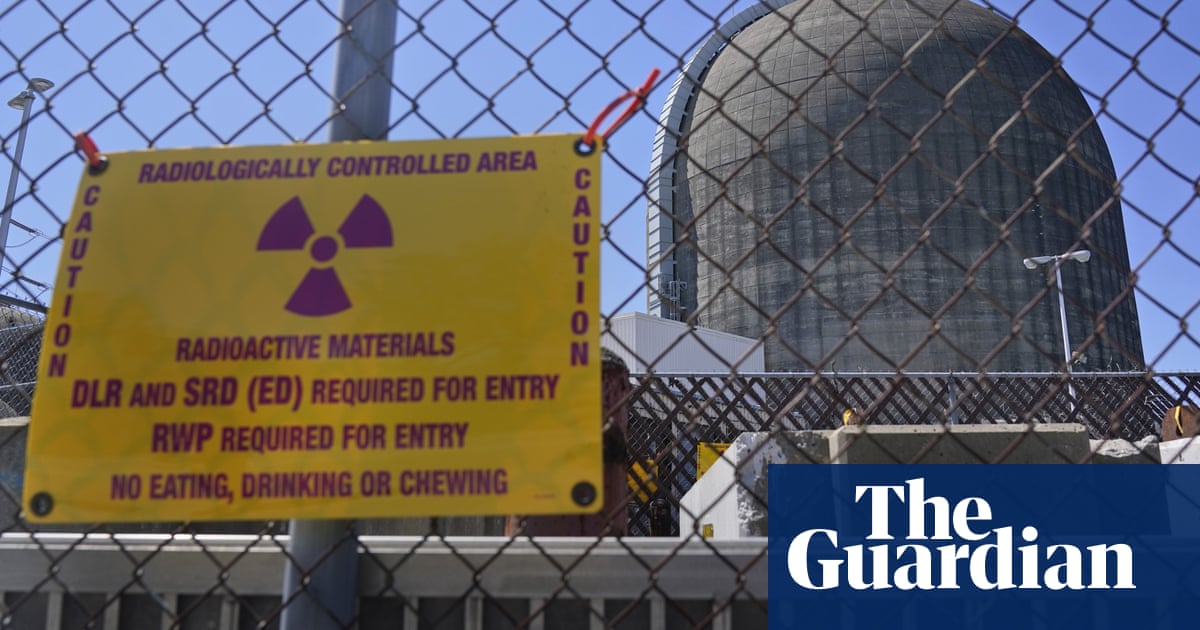Shuttering of New York facility raises awkward climate crisis questions as gas – not renewables – fills gap in power generation
When New York’s deteriorating and unloved Indian Point nuclear plant finally shuttered in 2021, its demise was met with delight from environmentalists who had long demanded it be scrapped.
But there has been a sting in the tail – since the closure, New York’s greenhouse gas emissions have gone up.
Castigated for its impact upon the surrounding environment and feared for its potential to unleash disaster close to the heart of New York City, Indian Point nevertheless supplied a large chunk of the state’s carbon-free electricity.
Since the plant’s closure, it has been gas, rather then clean energy such as solar and wind, that has filled the void, leaving New York City in the embarrassing situation of seeing its planet-heating emissions jump in recent years to the point its power grid is now dirtier than Texas’s, as well as the US average.



Well, nuclear can be profitable. It’s just that fossil fuels are more profitable.
But this is also where the government needs to step in. There should be a carbon tax to account for the climate change externality. Also, clean sources of power including nuclear should be subsidized.
Keep in mind that while environmentalists maybe can’t stop it, some of them happily join a coalition with NIMBYs and indeed, fossil fuel companies to stop nuclear.
Even if the government did start heavily subsidizing nuclear, it will take a decade for new plants to come online. In the meantime, hundreds of gigawatts of renewables will come online, and storage and efficiency technologies will improve immensely. Like I said in another comment, if renewable power lowers the price of electricity, the nuclear plant will take even longer to be profitable.